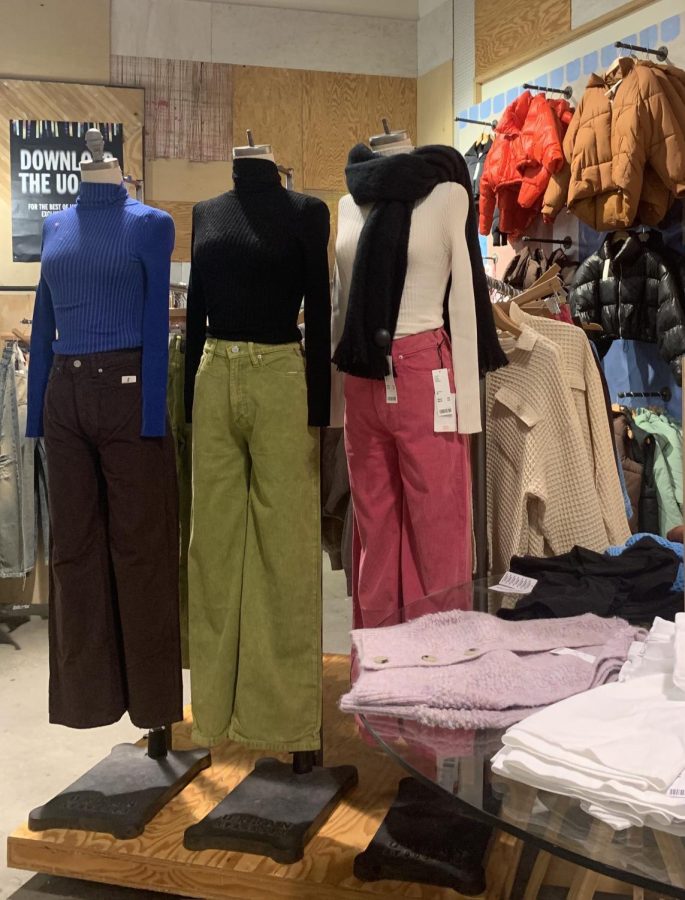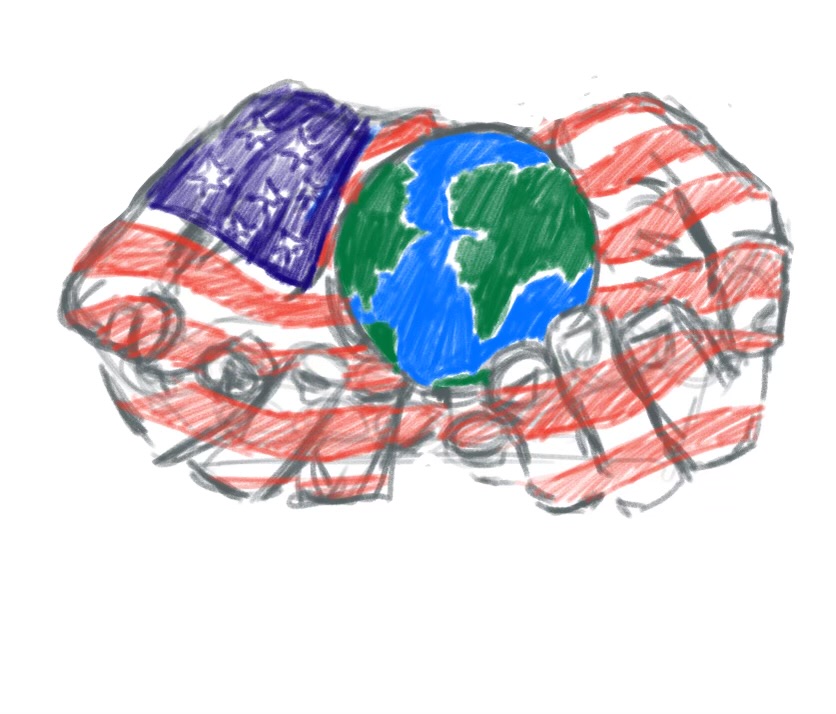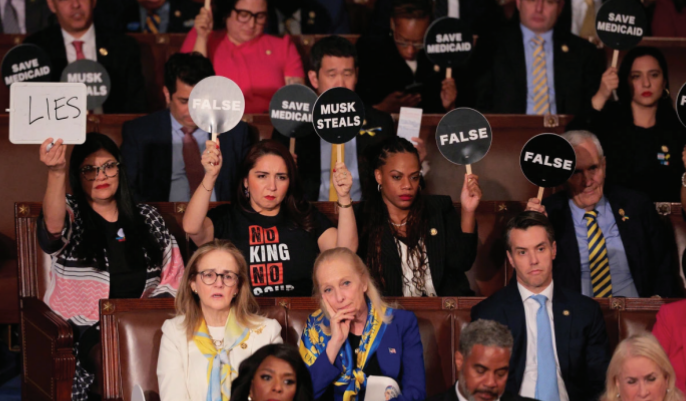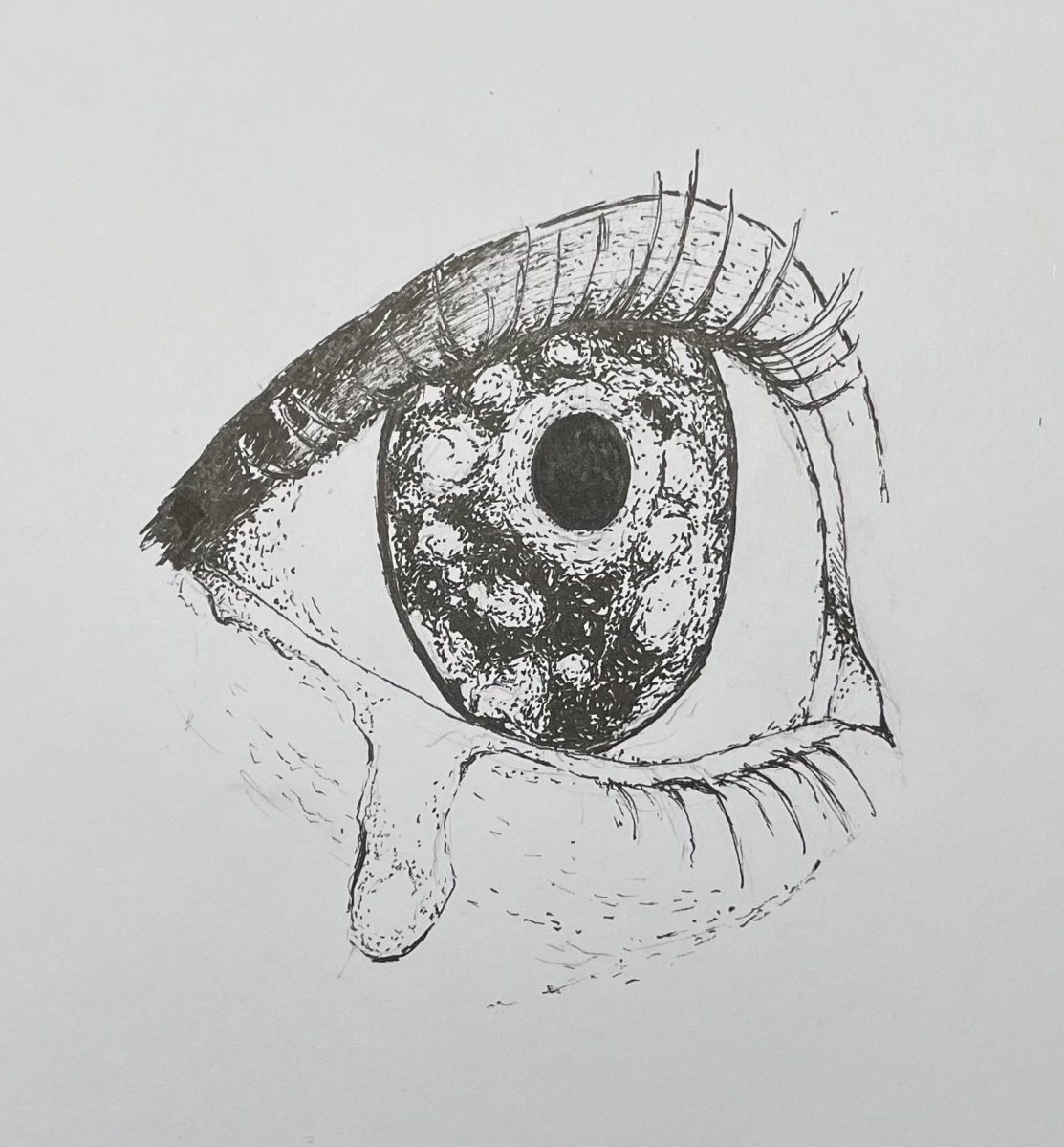Fast fashion’s name speaks for itself. Companies rapidly create clothing to fit quickly changing trends using low-quality materials, slowly ruining the environment and profiting off of people through extremely low wages. But how is fast fashion correlated to social media and teenagers, and why is it such an issue today?
With the worldwide popularity of rapid media-consumption apps like TikTok, trends are accelerating faster than ever. A new “must-have” item debuts weekly, breaks the internet, and people flock to jump on the trend. Whether it’s the patchwork exposed seam tops, or the Lululemon ‘BBL’ Define Jacket, the item eventually ends up in the corner of someone’s closet or in donation bags, and now we see those items as “stale” or “outdated.”
Influencers and social media as a collective are the fast fashion industry’s largest demographic. As new trends emerge, brands like Shein and ASOS work overtime to produce the micro trend garments. More often than not, these garments are unethically made with cheap, poor quality polyester. These brands’ motives are not to sell long lasting, flattering clothing, but rather to promote a rapid trend cycle that will never be satisfied.
Ms. Simmon’s History of Fashion Class dives deep into sustainability and fast fashion. Anaiya Brown ’25, a student in the class, explained to the Register Forum, “[influencers] do huge hauls because they get sponsored by fast fashion brands, and then they just buy a ton of clothing and make it seem normal to be buying a ton of clothing, so it definitely encourages people to just go out and buy things that they think are cute.”
Expeditious trend cycles have been attributed to clothing consumers, specifically teens and young adults, feeling pressure to have their clothing style stay “relevant” and up to trend, therefore buying into the fast fashion industry constantly. The focus is put on having the currently trending style, rather than self expression. Subsequently, this is lessening peoples original authentic style, and putting so much more emphasis on keeping up with the new unobtainable microtrends.
With such a systemic problem, it can be hard to know what we can do as individuals to combat its continuation. Another one of Ms. Simmons’ students, Ayovi Gilreath ’23, gave her opinion on what students should do: “I think just buying less, even if you’re still buying from fast fashion, just, like, buying less,” she said to the Register Forum. “Thinking about things before you buy them. Do I really need this? How am I supposed to take care of this piece of clothing?… How much am I going to wear it? If it breaks, how do I repair it?” Your wallet will also thank you, with less pressure to constantly buy, buy, buy new pieces that’ll just be tossed to the donate pile soon after.
While the problem of fast fashion is huge, addressing it starts with the action we take in our own school. Choosing more sustainable companies and sticking to a smaller amount of higher quality pieces are small steps that can go a long way to preserve personal style and stop the impact of fast fashion.
This article also appeared in our November 2022 print edition.
















